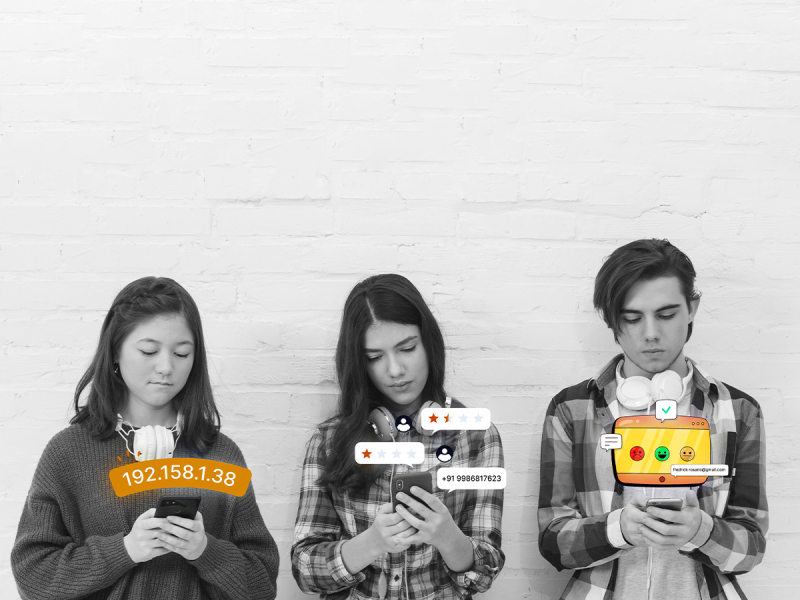5 Highest Performing AdSense Banner Sizes and Formats for Publishers

The size and format of your banner ads play a crucial part in determining their effectiveness. If you are a Google AdSense user, it is imperative for you to explore all the available options it offers to ensure best performance of your banner ads. Ad formats that are more noticeable get more clicks and bring more revenue home. This is why certain sizes and formats of banner ads are preferred by publishers who have delved into this realm long enough.
Why do the Banner Size and Format of an Ad matter?
You can add different banner sizes and ad formats from Google AdSense to your website. Although, not all of them deliver the same caliber of outcomes. You’ll get a higher CTR with ads that are more prominent and easily visible when the page loads. Make sure to select an ad size that is straightforward to see. Some of the Google AdSense banner sizes, which are either too small or too large, may negatively impact the user experience.
The number of advertisers that are running ads in that format on your website is also a factor that has an impact on ad performance. Since certain ad formats and banners are more popular with publishers, using them will give you access to a wider ad selection and higher revenue from them. The mobile-friendly ad formats will perform better than others on your website if mobile users account for the majority of your website’s traffic.
5 Best Performing AdSense Banner Sizes and Formats
Leaderboard (728 X 90)
One of the most popular ad sizes, leaderboard, has a high demand from publishers. Google claims that compared to other formats, leaderboard ads typically have the most available ad inventory. This indicates that it outperforms the majority of other ad formats. It works well on forum websites and when positioned above the main content. The placement of the ad after the page’s header makes it the first thing a user sees when they arrive at the page, making it highly visible without detracting from the user experience, as long as the quality of the ads is high.
The leaderboard supports both text and image formats. When both formats are enabled, the leaderboard can aid in boosting ad revenues. Publishers will encounter fewer difficulties when selling slots of this size because these banner ads adhere to Interactive Advertising Bureau (IAB) standards. Leaderboards work best on desktop and with forums, but you can also use it with pages designed for tablets.
Medium Rectangle (300×250)
Publishers and advertisers alike favor this ad unit. It is small but noticeable, especially when positioned above the fold. It can fit most sidebars alongside the content. It works on both desktop and mobile platforms and supports both text and image ads. It is a very popular ad size among publishers due to its adaptability and the abundance of available inventory, making it one of the higher-paying ad sizes. Placing a Leaderboard alongside a Medium Rectangle ad unit is a well-liked pairing that you might want to experiment with on your pages.
Large Rectangle (336 X 280)
As the name suggests, this ad size is bigger than the medium rectangle. However, it is less adaptable because it is not mobile-optimized and may only fit larger sidebars without degrading user experience. It works best at the end of an article or in between paragraphs of content and supports both text and image ads. Because of its size, it is more noticeable, which encourages more interactions and higher click-through rates. Due to this, it has become yet another popular ad size and a fantastic inventory choice for your website.
Mobile Leaderboard (300 X 50)
Designed specifically for mobile devices, this ad size is gaining popularity as more people use them to access the internet and view content. A mobile banner fits all smartphone screens, regardless of width, making it simple for mobile users to see. Publishers and advertisers typically place it at the top or bottom of content. However, since some visitors might find such banner ads annoying, it is advised that publishers prominently display the “close” or “skip” functionality to provide a positive user experience.
Wide Skyscraper (160×600)
Wide skyscraper is an ad format that is significantly taller than it is wide. This ad format is less intrusive when compared to others since it can be placed on the sides of pages. Advertisers are increasingly drawn to it because of its size and visibility. It is compatible with the vast majority of themes, ad formats and was created specifically for desktops. The skyscraper might not be rendered on the mobile platform to its full potential due to its constrained size and screen.
When visitors land on a page and scroll down to read the content, they can see the skyscraper. Due to the fact that many users do not scroll down, advertising experts frequently advise placing ads above the fold. However, the ad is somewhat resistant to such challenges due to its visibility and design.
Conclusion
There are numerous ways for your website to generate income. Most bloggers still prefer AdSense as their primary source of income because it pays out quickly and is excellent for beginners. The simplicity of implementation and high potential for profit make banner advertising a preferred option for publishers and advertising.
Publishers have a number of options for monetizing their website thanks to the wide range of banner ad sizes. But before choosing a particular ad size, it is always preferable to comprehend your inventory. Even if you find an ad size that is working well, testing out different sizes is a good way to approach website optimization.


